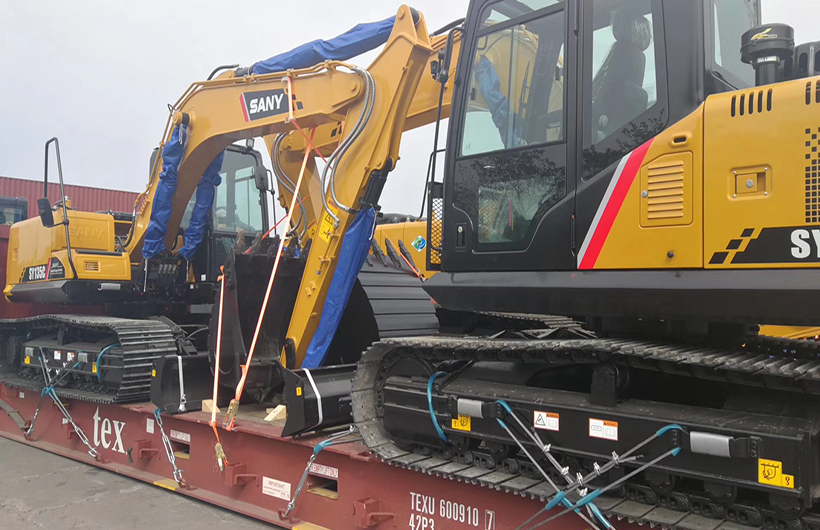Oversized cargo transportation, generally referring to logistics operations involving cargo exceeding standard specifications in weight, volume, or shape, is an essential component of the industrial sector. Whether transporting wind turbines, large construction machinery, transformers, or complete sets of equipment, the transportation process is an extremely complex system. Unlike ordinary cargo, any negligence in any step can result in significant losses, serious delays, or even accidents. Therefore, fully understanding and strictly adhering to oversized cargo shipping precautions is crucial to project success.

1. Thorough and Detailed Preliminary Planning: The Cornerstone of Success
1. Accurate Cargo Measurement: This is the starting point of all planning. The precise weight, length, width, height, and center of gravity of the cargo must be obtained. Even millimeter-level errors can lead to route planning failures or even unloading. Detailed cargo drawings or 3D models are essential.
2. Select a Professional Logistics Service Provider: Avoid companies that specialize only in general cargo transportation. Look for a professional partner with extensive experience and a proven track record in large-scale project cargo transportation. They can provide professional technical advice, risk assessments, and comprehensive solutions.
3. Route Survey and Simulation: “Paper talk” is not enough. A professional team must conduct an on-site survey of the entire transport route to assess:
Road Conditions: Road width, turning radius, bridge load capacity, tunnel clearance height, and proximity to high-voltage power lines.
Traffic Factors: Are traffic controls, road closures, or nighttime operations necessary?
Loading and Unloading Sites: Are the sites at the departure and destination areas solid and level? Is the space sufficient for large equipment?
II. Professional Packaging and Reinforcement: The Core of Safety
1. Customized Packaging Solutions: Design specialized packaging based on the cargo’s characteristics (such as moisture resistance, shock resistance, and rust resistance) and the mode of transportation. For delicate equipment, sturdy steel frames or wooden crates with built-in cushioning may be required.
2. Infallible Lashing and Reinforcement: The core of safety during transportation. Professional-grade lashing equipment (such as chains, high-strength straps, tensioners, and backstops) must be used, and the design and reinforcement must be calculated based on mechanical principles. Ensure that the cargo will not shift or overturn under impact and vibration in any direction (front, back, left, right, and up and down). This requirement is even more stringent when transporting by sea.
III. Compliant Permits and Documents: Ensuring Smooth Transportation
1. Obtaining an Oversized Transport Permit: For domestic transportation, you must apply for an “Oversized Transport Vehicle Permit” in advance from the traffic management department of the destination. International transportation requires compliance with different regulations in each country, and professional logistics companies can assist with this process.
2. Complete Insurance and Documentation: Purchase sufficient transportation insurance for your cargo and clearly define the insurance coverage. Ensure that all documents (such as invoices, packing lists, permits, and technical specifications) are complete and accurate to ensure smooth inspection.
IV. Efficient Execution and Emergency Management: Process Control
1. Full Monitoring and Professional Escort: GPS equipment should be used for real-time tracking and monitoring during transportation. For particularly large shipments, a lead vehicle and escort vehicles are required to provide advance warning of road conditions and alert other vehicles to avoid them.
2. Contingency Plan: A detailed contingency plan must be developed for unexpected situations such as sudden weather changes, vehicle breakdowns, and temporary road restrictions. A professional team can quickly implement backup plans to minimize risks and delays.
3. Professional Loading and Unloading: Loading and unloading is a high-risk area for accidents. It must be performed by experienced operators using appropriate lifting equipment (such as cranes and hydraulic axle trucks). Strictly adhere to safety procedures to ensure the safety of both personnel and cargo.
